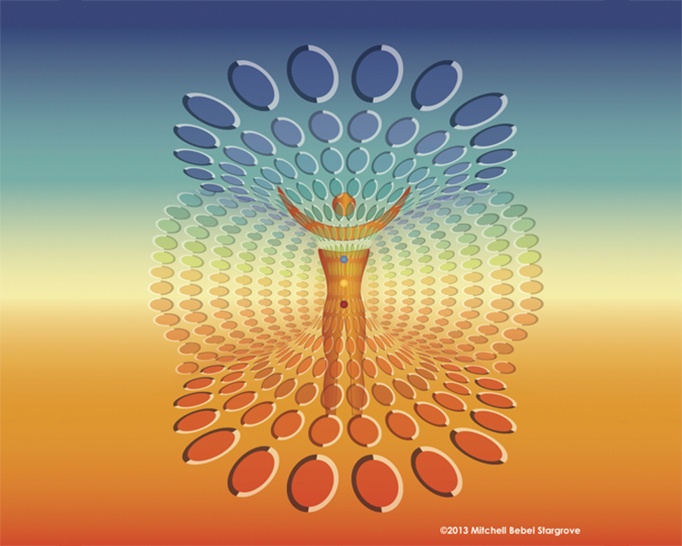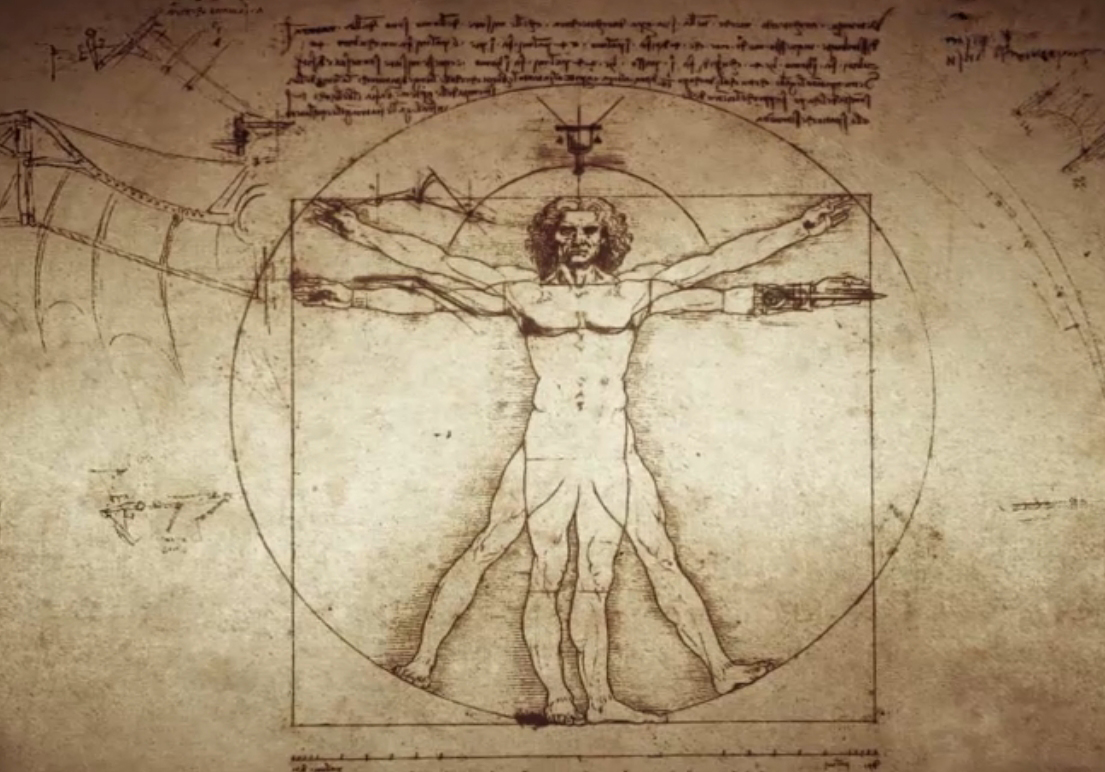As Life flows through Nature we can see the patterns of change and the pathways of healing and evolution.
There are living systems; there is no living “matter.”
(Jacques Monod, Biochemist and 1965 Nobel Prize Winner)
The Gaia Hypothesis: Is the Earth Alive?
By Mother Earth News Editors From Mother Earth News May/June 1986 More than one astronaut looking back at our planet has been awed into concluding that this blue and green globe is, in fact, a living[...]
Characteristics of Nested Living Systems
By Folke Günther and Carl Folke
From Journal of Biological Systems
Living systems are nested and consist of basic materials, cells, organisms, ecosystems, and their environments, continuously interacting in time and space. Life is an integrated process of nested living systems. We synthesise and discuss exergy capturing and accumulation of organisational exergy; the structuring of the system towards maximum entropy production and export of high entropy products; autopoiesis; emergent attractors or optimum operating points; characteristics of nested systems and holarcic levels; and the role of working and latent information.
Gaia Hypothesis – The Earth as a Living System
By Tristan Anderson
From integral-health.com
The Gaia Hypothesis describes the self-regulatory ability of the Earth through its living organisms and inorganic material. Extensive scientific research has verified that the Earth’s biosphere is modulated in such a way to continually maintain and support the life within it.
Although the term Gaia originally carried a gender association, the modern term need not. In fact, myself and countless others believe that it is time for a non-gender specific notion of the living Earth.
Gaia and the Evolution of Coherence
By Mae-Wan Ho and Fritz-Abert Popp
From Institute of Science in Society
The Ufaina Indians in the Colombian Amazon believe in a vital force called fufaka which is present in all living things. The source of this vital force is the sun. From the sun, it reaches earth and is constantly recycled among plants, animals and human beings. Each group of beings requires a minimum of the vital force in order to live, and is seen to be borrowing the energy from the total energy stock.
Synchronization in Human Musical Rhythms and Mutually Interacting Complex Systems
By Holger Hennig
From National Academy of Sciences of the United States of America
Though the music produced by an ensemble is influenced by multiple factors, including musical genre, musician skill, and individual interpretation, rhythmic synchronization is at the foundation of musical interaction. Here, we study the statistical nature of the mutual interaction between two humans synchronizing rhythms. We find that the interbeat intervals of both laypeople and professional musicians exhibit scale-free (power law) cross-correlations. Surprisingly, the next beat to be played by one person is dependent on the entire history of the other person’s interbeat intervals on timescales up to several minutes.
Integrative Medicine: A Systems Theory Approach To An Expanded Medical Model – A Change For Biomedicine
By Elliott Dacher, MD
From Healthy.net
As practitioners, we approach our patients and their problems within the framework of a conceptual model that organizes and defines the questions we ask, the information we seek, the diagnostic and therapeutic options, and ultimately the outcome of our interventions. Because we are so accustomed and conditioned to think and act within a specific framework, we rarely if ever consider the fundamental conceptual principles underlying our practice even though these principles can assume a powerful, although often unseen, authority over our professional lives.








